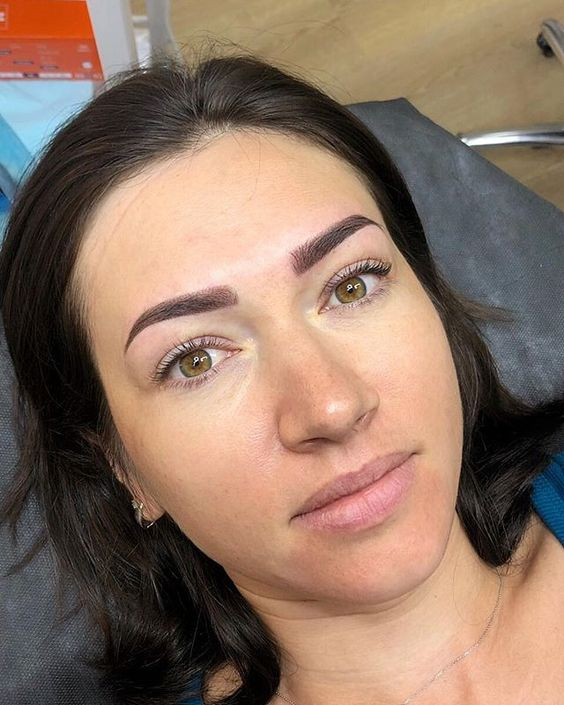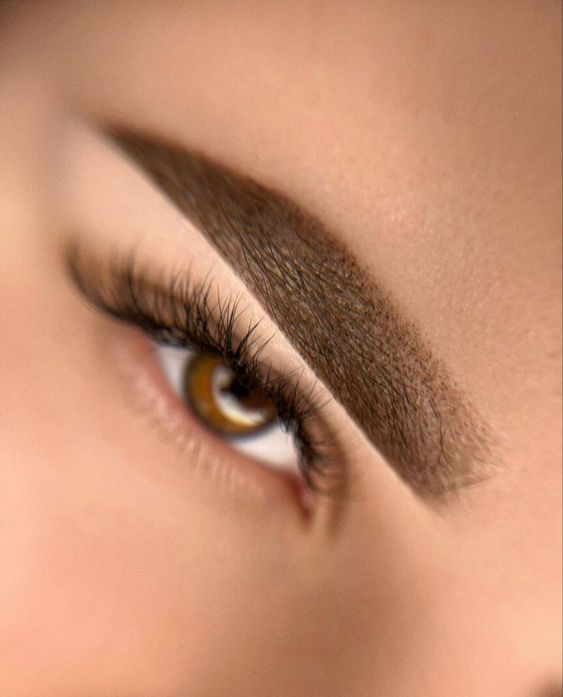For many, the allure of waking up every day with perfect eyebrows, beautifully defined eyes, and lusciously colored lips is hard to resist. This is where permanent makeup comes into play, promising a smudge-proof, immaculate look that lasts. But, is permanent makeup truly permanent? The term may be somewhat misleading as, while it does indeed offer longer-lasting results than traditional makeup, it’s not a lifetime guarantee. In this article, we’ll explore the nuances of permanent makeup’s durability and help you understand what ‘permanent’ really means in this context.
The Science Behind Permanent Makeup

Permanent makeup, also known as micropigmentation or cosmetic tattooing, involves the meticulous insertion of pigment into the skin’s dermal layer. It’s a cosmetic technique akin to tattooing, which creates designs that resemble makeup. From eyebrows, eyeliner, and lip contours, the effect is achieved by using a needle that implants hypoallergenic mineral pigments with precision. So what’s the science that makes these pigments last? It’s all about the depth of the application and the type of pigment used.
The Truth About Permanent Makeup’s Durability
Despite its name, permanent makeup will not last forever. It’s better described as ‘semi-permanent.’ Several variables affect how long the makeup remains visible, including skin type, lifestyle, sun exposure, and the body’s natural rejuvenation process. Typically, procedures like microblading for eyebrows, permanent eyeliner, and lip color can last 1 to 5 years before a touch-up is needed. Let’s dive into the specifics of each procedure’s longevity.
The Role of Touch-ups in Permanent Makeup Maintenance
As time passes, permanent makeup starts to fade, which is where touch-ups come in. Scheduled touch-ups are a crucial part of maintaining the vibrant color and precise lines of the initial procedure. Factors such as the type of pigment, the depth of application, and aftercare practices influence the frequency of these touch-ups. Now, let’s take a look at two numbered lists to understand this better.
- 5 Signs You Might Need a Permanent Makeup Touch-Up:
- Noticeable lightening of the pigment
- Loss of definition in the makeup lines
- Changes in the shape of your brows or liner due to natural skin changes
- Desire for a color refresh or change to adapt to new trends
- Previous application fading due to sun exposure
- 3 Key Benefits of Regular Touch-Ups:
- Maintains the crisp, professional look of your makeup
- Extends the longevity of the initial investment
- Ensures makeup continues to complement your evolving style
Comparing Permanent Makeup to Traditional Makeup
When weighing the pros and cons of permanent makeup versus traditional makeup, several differences emerge. The most apparent is the commitment; permanent makeup involves a long-lasting change to your appearance, while conventional makeup can be washed off and changed daily. Here’s a breakdown of application, wear, and maintenance to consider when making your choice.
| Aspects | Permanent Makeup | Traditional Makeup |
|---|---|---|
| Application Frequency | Once every few years with touch-ups | Daily |
| Durability | Years | Hours to a day |
| Cost (Initial) | Higher upfront cost | Lower upfront cost, but regular purchases required |
| Aftercare | Healing period and specific care required | Minimal to none |
Risks and Considerations Before Going Permanent

As with any cosmetic procedure, understanding the associated risks is vital. Infections, allergic reactions to pigment, and dissatisfaction with the aesthetic outcome are possible side effects to consider before choosing permanent makeup. Therefore, it’s important not only to weigh the benefits but also to be aware of the implications, should anything not go as planned. Let’s look into the key factors to consider.
The Removal Process of Permanent Makeup
In the event that you wish to remove your permanent makeup, there are a few options at your disposal. The most common methods include laser tattoo removal, dermabrasion, and chemical peels. However, it’s crucial to understand that removal can be more complicated than the initial application, possibly requiring multiple sessions, and may involve discomfort.
Advancements in Permanent Makeup Techniques
The field of permanent makeup is continually evolving, with advancements in technology and technique enhancing the safety, precision, and results of the procedure. From digital tattooing devices to new pigment formulations, the industry is striving to mitigate risks and improve outcomes. Here’s an overview of the latest trends set to shape the future of permanent makeup.
Real Stories: Before and After Permanent Makeup
Personal testimonials can offer valuable insights into the realities of permanent makeup. From satisfied customers who gained confidence and convenience, to those who faced challenges, these real experiences illuminate diverse perspectives. By understanding the range of possible outcomes, potential customers can set realistic expectations for their procedures.
Conclusion
Permanent makeup can be a game-changer for many, offering convenience and confidence through lasting cosmetic enhancements. However, the term ‘permanent’ is nuanced, and it’s important to recognize that while the effects are long-lasting, they are not eternal and will require upkeep through touch-ups. If you’re considering permanent makeup, thoroughly evaluate your options, potential risks, and the expertise of your technician to ensure the best possible outcomes for your beauty investment.
FAQs:
Q1: How long does permanent makeup typically last? A1: Permanent makeup can last anywhere from 1 to 5 years, depending on factors like skin type, sun exposure, and the specific type of procedure done.
Q2: Is it possible to completely remove permanent makeup? A2: Yes, it is possible to remove or fade permanent makeup through laser treatments, dermabrasion, or chemical peels, but the process can be costly and may not always completely erase the makeup.
Q3: Can permanent makeup fade unevenly? A3: Yes, permanent makeup can fade unevenly due to various factors such as sun exposure, skincare routines, and the body’s natural metabolism of pigments.
Q4: Are there any side effects to getting permanent makeup? A4: Some common side effects include swelling, redness, and tenderness at the application site. Less common but more serious risks can include infections, allergies to pigments, and unsatisfactory results.
Q5: How do I choose a good permanent makeup technician? A5: Look for a technician with proper certifications, a good track record, a portfolio of their work, and positive client testimonials. It’s also important to ensure they follow strict hygiene and safety standards.
